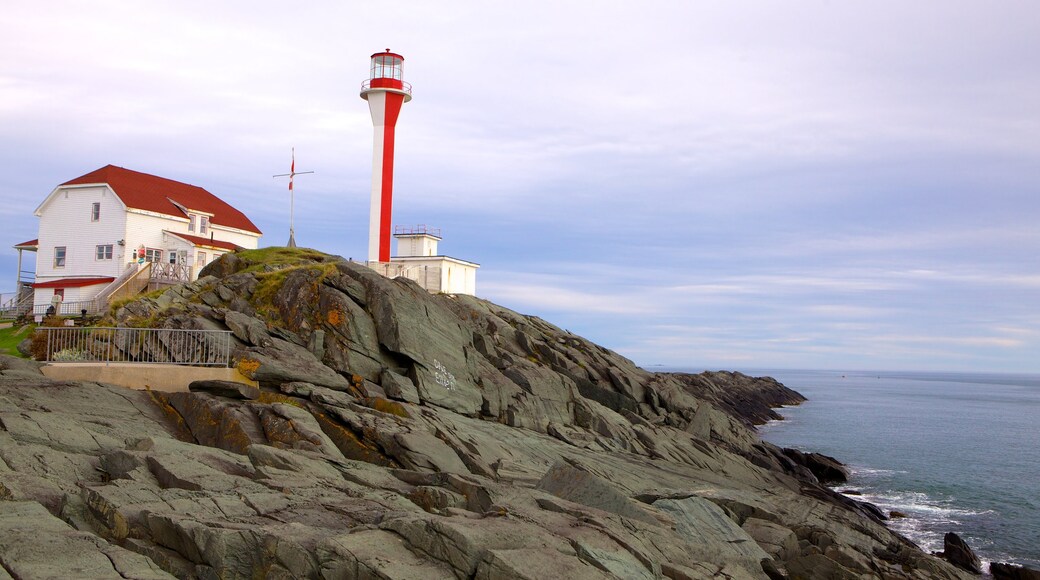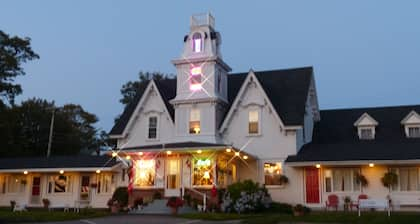Mercusuar Tanjung Forchu





Kunjungi Mercusuar Tanjung Forchu
Tempat populer untuk dikunjungi
Mercusuar Bunker Island
Cari tahu sejarah dari Sand Beach dengan mampir ke Mercusuar Bunker Island. Saat Anda berada di sini, Anda dapat menikmati restoran pemenang penghargaan.
Yarmouth Links
Nikmati bermain golf di Yarmouth di Yarmouth Links. Jalan-jalan di tepi laut dan pantai di area ini.
Tusket River
Berinteraksi dengan alam dan jelajahi aktivitas outdoor di Tusket River selama perjalanan Anda di Yarmouth. Saat Anda berada di sini, Anda dapat menikmati restoran pemenang penghargaan.
Pelabuhan Feri Yarmouth
Jelajahi tepi pantai Yarmouth dengan perjalanan ke Pelabuhan Feri Yarmouth. Jalan-jalan di pantai dan tepi laut di area ini.
Pelton-Fuller House
Anda dapat meluangkan waktu sore hari menjelajahi pameran di Pelton-Fuller House selama perjalanan Anda ke Yarmouth. Saat Anda berada di sini, Anda dapat menikmati restoran pemenang penghargaan.
Museum Yarmouth County
Anda dapat meluangkan waktu sore hari menjelajahi pameran di Museum Yarmouth County selama perjalanan Anda di Yarmouth. Saat Anda berada di sini, Anda dapat menikmati restoran pemenang penghargaan.
Opsi Penginapan Terbaik Dekat Mercusuar Tanjung Forchu
Cek ketersediaan hotel di dekat Mercusuar Tanjung Forchu
